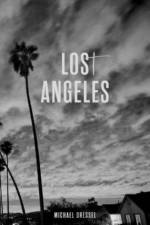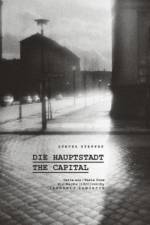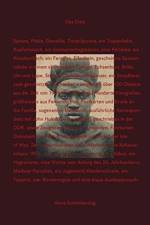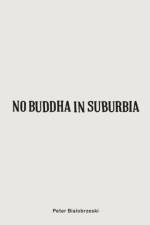- Inside the CIA's Secret War
49,00 €
(Please scroll down for English version) "Nur die Toten haben das Ende des Krieges gesehen" (aus: George Santayana, "Soliloquies in England and Later Soliloquies" (1922), oft fälschlicherweise Plato zugesprochen)Dieses Buch erzählt die außergewöhnliche Geschichte des heute als "der geheime Krieg der CIA" bezeichneten Konflikts im asiatischen Laos in den 1960er/1970er Jahren. Es war die größte Geheimoperation der CIA bis zum heutigen Tag. Eine Guerilla-Armee von Hmong-Stammesangehörigen kämpfte gegen die von den kommunistischen Nordvietnamesen unterstützten Pathet Lao. Während über den Krieg im benachbarten Vietnam in den Medien breit berichtet wurde, war dies beim Geheimen Krieg nicht der Fall. Jeder Reporter, der den vagen Gerüchten über diesen Konflikt nachgehen wollte, wurde rigoros daran gehindert. Es gab eine Ausnahme: Ein frischgebackener CIA-Offizier, John Willheim, damals bereits ein versierter Fotograf, wurde beauftragt, den Geheimen Krieg zu dokumentieren, ohne jegliche Einschränkungen. Seine Bilder und Filme blieben damals streng geheim. Nur hochrangige amerikanische Geheimdienstler, einige US-Kongressabgeordnete und der damalige Präsident Lyndon Johnson hatten Zugang zu Willheims Material. In den folgenden Jahrzehnten blieben sie fast vollständig unter Verschluss. Dieses Buch darf nicht missverstanden werden. Es will diesen Krieg nicht verherrlichen. Ganz im Gegenteil. Die eindrucksvollen Bilder und der teils assoziativ, teils informativen Texte sind heute, 50 Jahre später, Zeugnis einer fast vergessenen Ära. Dies ist bis dato der einzige Fotoband, der über den Geheimen Krieg erschienen ist. Alltägliche Bilder von Menschen, Dörfern und Landschaften stehen in brutalem Kontrast zur Realität des Krieges. Willheims Sympathien galten dem Volk der Hmong, die diesen Stellvertreterkrieg für die USA kämpften und ihn letztlich verloren. Sie werden bis heute als "Amerikas vergessene Krieger" von der kommunistischen Regierung verfolgt. Zehntausende Hmong flohen ins benachbarte Thailand und emigrierten später in die USA, nach Frankreich, einige sogar nach Deutschland. Der preisgekrönte niederländischen Fotobuchgestalter -SYB- stellte Willheims Bilder, Filme und Gedanken zu einem fesselnden, fast filmischen Dokumentar-Fotobuch zusammen."Only the dead have seen the end of war"(from: George Santayana, "Soliloquies in England and Later Soliloquies" (1922), often wrongly attributed to Plato)This book tells the extraordinary story of what later became known as the "CIA's Secret War" in the Asian country of Laos in the 1960s and 1970s. It was the largest clandestine CIA operation to this day. A guerrilla army of Hmong people fought against the North Vietnamese communist-supported Pathet Lao. While the war in next-door Vietnam was widely covered by the media, the Secret War was decidedly not. Reporters who came to investigate rumors about a war were turned away at gunpoint-with one exception. A newly minted CIA officer, John Willheim, already an accomplished photographer, was chosen to enter and document the Secret War, without any restrictions. His photographs and films were highly classified at the time. Only top American intelligence officials, a few senior U.S. congressmen, and President Lyndon Johnson had access to Willheim's material. In the decades to follow, they remained almost entirely hidden. Far from glorifying war, the striking images and informative text in this book can be seen today, fifty years later, as historic testimony of an almost lost era. This is the only photo book ever published on the Secret War. Everyday images of the people, villages, and landscapes behind the battlelines stand in brutal contrast to the reality of war. Willheim's sympathies were clearly allied with the Hmong people who were fighting this proxy war for the United States against communists in the North and ultimately lost it. At war's end, those Hmong who did not flee Laos were persecuted and continue to be by the current communist government as "America's forgotten warriors." Tens of thousands of Hmong fled to neighboring Thailand and later emigrated to the United States, France, and Germany. Willheim turned over his historic photographs, films, and thoughts to the award-winning Dutch photo book designer -SYB-, who combined them into a riveting, almost cinematic documentary photobook.







